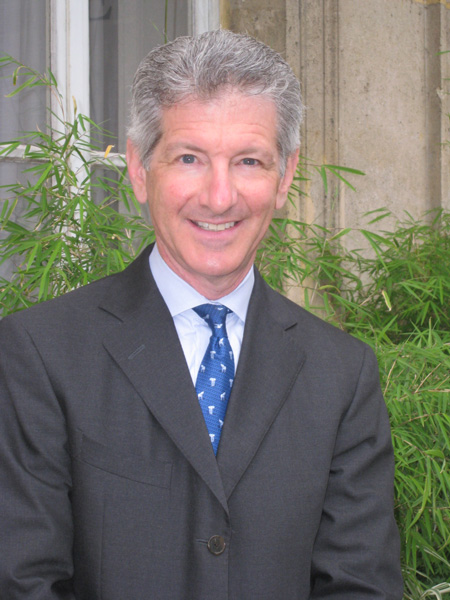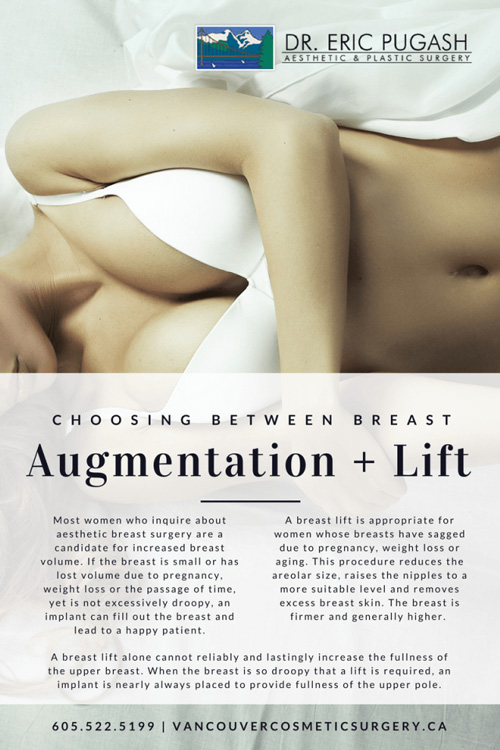
Meet Dr. Pugash
Ready to turn back the hands of time, enhance body contours or conceal aesthetic imperfections? Schedule a consultation with Dr. Eric Pugash today to learn more about how Dr. Pugash can help you achieve your aesthetic goals.
Dr. Pugash has built a busy cosmetic surgery practice that thrives on the referrals of satisfied patients. He and his staff take pride in their friendly office atmosphere, thorough patient education, and meticulous care both before and after surgery.





